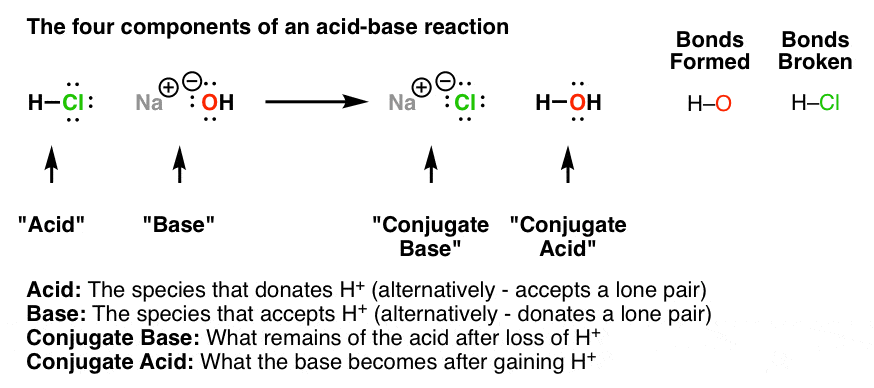boundless
Also, the element being oxidized, losing electrons, is the reducing agent while the element being reduced, gaining electrons, is the oxidizing agent. When giving those agents, look at the reactants, not the products.
Furthermore, during single replacement, for an element to "attack" or replace another in the compound, it must be higher on the Acid Strength Table (Reactivity Series for Metals) hence why Li can replace anyone and Au can not.




